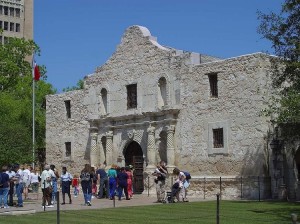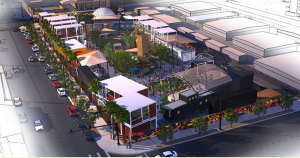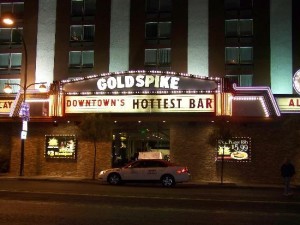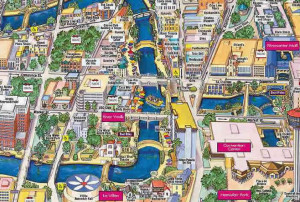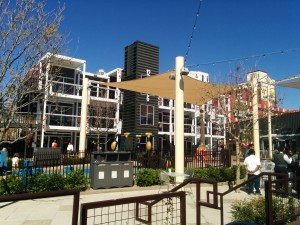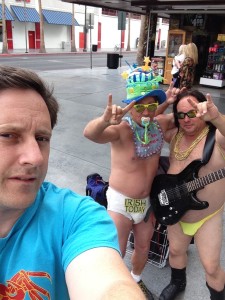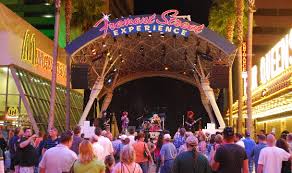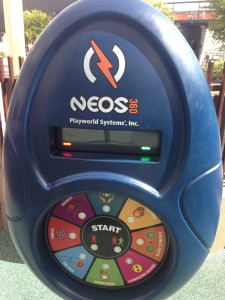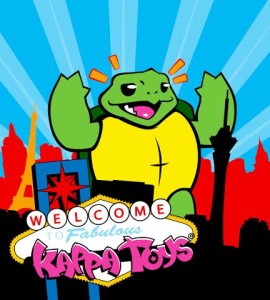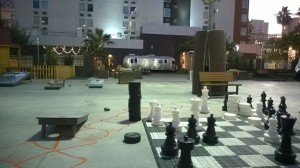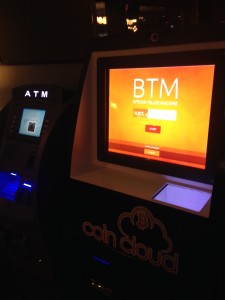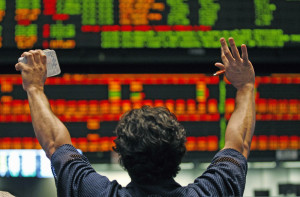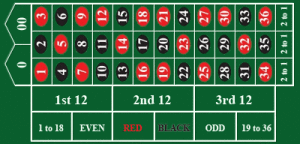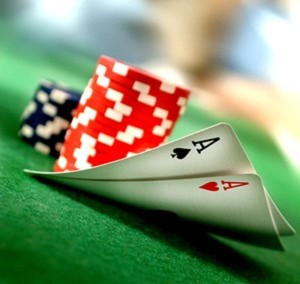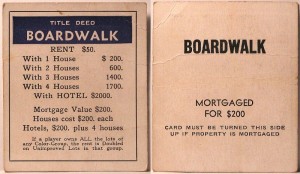 In downtown Las Vegas Nevada recently I visited a small business that is the opposite of everything we normally associate with Sin City. The small business made me think about the role of both visionary billionaires and geography to city revitalization.
In downtown Las Vegas Nevada recently I visited a small business that is the opposite of everything we normally associate with Sin City. The small business made me think about the role of both visionary billionaires and geography to city revitalization.
The small, serious, bookstore The Writer’s Block opened last year as part of The Downtown Project, entrepreneur Tony Hsieh’s plan for bringing tech startups, small businesses, and a sense of community back to Las Vegas’s downtown.
How does this even exist?
The Writer’s Block is the type of business that is hard to believe even exists in 2015. Not to mention, it exists within shouting distance of the Las Vegas casino monoculture madness. While Amazon.com swallows up entire multiverses of retail shops – slaying Barnes and Noble and every other bricks-and-mortar shop in its path – how does an independent anachronism like The Writer’s Block dare to open?
The free market alone would never support this.
I’m just spitballing here but I suspect not enough Las Vegas residents live close enough to The Fremont Experience to need a quickie Dom Delillo White Noise discussion in person, while picking up their Kierkegaard paperback.
The crazy irony is that a precious, almost twee, bookstore like The Writer’s Block only exists because Hsieh, who sold Zappos for $1.2 Billion to Amazon, makes it exist.
Without Hsieh’s vision and investment, the free market does not, could not, create a bookstore like this. The free market in Las Vegas supports the casino monoculture.
Just like the “free market” in downtown San Antonio supports more tourism and hotels.
So places like The Writer’s Block need a financial thumb on the scale to overcome what the pure “free market” would produce all on its own.
So who provides the thumb on the scale?
It seems to take a big money capitalist like Hsieh to defend the small money capitalist growth of businesses like The Writer’s Block against the city monoculture. It’s all very strange and ironic, but I feel like it’s important for San Antonians to consider.
On the role of the well-heeled visionary in making this happen
In my hometown San Antonio, we count one very successful urban infill development – called The Pearl – which originally depended greatly on the vision and investment of a single investor. It wouldn’t have happened without his purchase of real estate and investment in curating the businesses to fill The Pearl development.
Subsequent entrepreneurial investment and development has followed up this lead. The result is the rebirth of an entire section of the formerly neglected area just north of downtown.
With very few exceptions (only the occasional ‘The Rent Is Too Damned High’ complaint) The Pearl has garnered huge praise and very little criticism. It works. It also appears to have enough momentum to succeed far beyond the scope of the original investor’s investment in The Pearl.
It’s too soon to say the same for Las Vegas’ downtown.

Shake It Off
As you might expect for an ambitious project funded by a singular visionary multi-millionaire, not everyone is happy with Tony Hsieh. As my good friend Taylor Swift so rightly sings, “Haters gonna hate (hate hate hate hate.)”
I would sum up this shade as suspicion about a wealthy person pushing their vision on a city, backed by his own funds to enact that vision, and the natural schadenfreude that whole hot mess engenders. Personally, I disagree with the haters, as I don’t see this as nightmare dressed like a daydream.
Yet the haters have a point, because taken as a whole, the Las Vegas Downtown Project does not feel, yet, like a real downtown city. Huge gaps remain.
For this to work, I assume Hsieh’s catalytic investments have to be followed up in the next ten years by many more times the volume of independent investments, by other entrepreneurs, to actually make downtown Las Vegas come alive as a real place, for real people who live there. But you can see the outlines of a real place there, and that feels exciting.
Geography in Downtown San Antonio
Another well-heeled visionary in San Antonio has taken on downtown proper as his canvas for urban renewal, tech startups, and a sense of community. Like the Downtown Project in Las Vegas, the rebirth of downtown San Antonio shows promising signs from a low starting point, but has a very long way to go to feel like a real, live, urban downtown attractive to residents rather than tourists.
One challenge is that the geography of downtown San Antonio is bigger than The Pearl. Also unlike the Pearl – which started out in a pretty empty section of town – any new construction in downtown San Antonio has to compete geographically with the still-thriving tourist monoculture already in place.
Real Estate in downtown San Antonio isn’t actually that cheap. Real estate owners by reputation have a habit of holding on until the next hotel chain offers top dollar, so we get more hotels to replace the emptiness rather than something new.
Hsieh’s Downtown Project in Las Vegas has the advantage of focusing on relatively empty, dilapidated areas a few blocks removed from the casino monoculture of the Fremont Experience, which keeps it from competing directly with the awfully repetitive, but financially viable, casinos.
Folks focused on downtown San Antonio do not have the same luxury of empty space enjoyed by the Downtown Project, but must work with and around the existing tourist infrastructure.
We’re years away from knowing whether these experiments will succeed.
Please see related posts:
Book Review: The Death and Life Of Great American Cities by Jane Jacobs
Las Vegas and San Antonio Downtown Monoculture Problems
Las Vegas Tourism and the Antidotes
A version of this post ran in the San Antonio Express News
Post read (1229) times.




